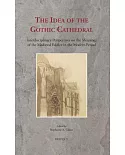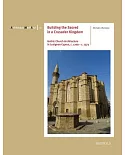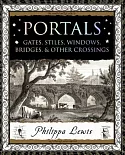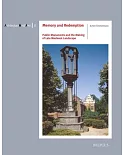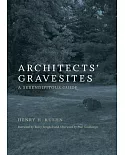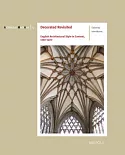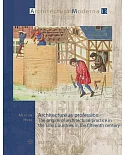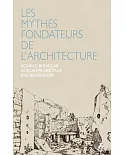In about 25 B.C. the Roman architect Marcus Vitruvius Pollio presented to the emperor Augustus ten scrolls that contained everything he knew about architecture. Synthesizing his studies of
earlier Greek writings as well as lessons drawn from his own design career, the Ten Books on Architecture discussed architectural practice and education; building materials; the correct
proportions and elements of the Ionic, Doric, and Corinthian; the design of temples, public buildings, and private houses; and engineering and military planning. More than two thousand years
later his masterwork stands as both the most comprehensive architectural text of antiquity and one of the most important design treatises ever written.
Just as Vitruvius set out to catalog the rules and ideals of ancient Greek architecture, Thomas Gordon Smith in Vitruvius on Architecture presents the rules and ideals of Vitruvius
himself. This volume contains the five books most relevant to contemporary architecture along with a wealth of visual material: photographs of ancient structures from Greece, Italy, and Turkey;
related sculptures, frescoes, and reliefs; hypothetical re-creations of Vitruvius's now-lost illustrations; and a series of exquisitely rendered watercolor plates based on his descriptions.
Vitruvius on Architecture is an exceptional accomplishment: a study as relevant to the present as Vitruvius's was to his own day and to architecture since.







